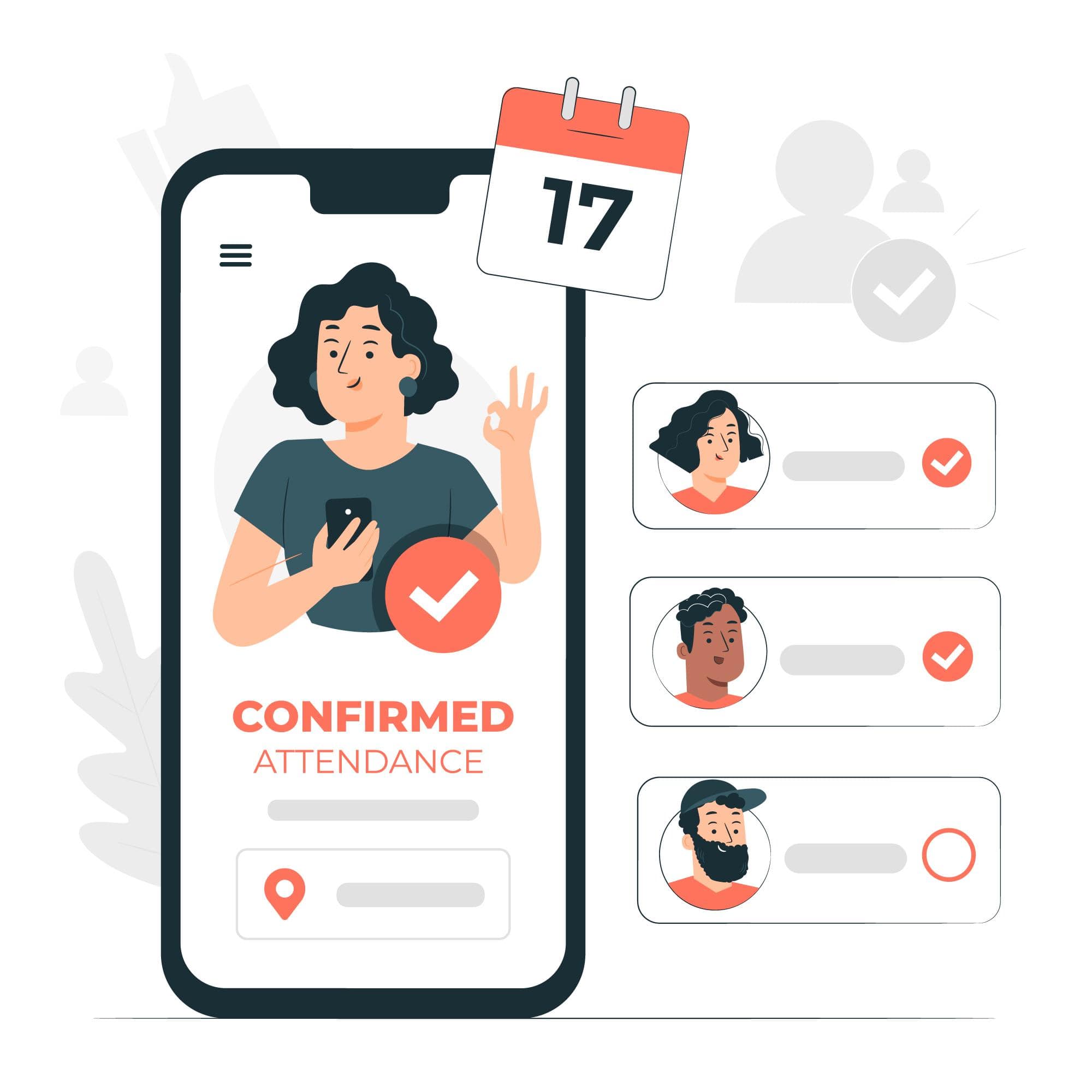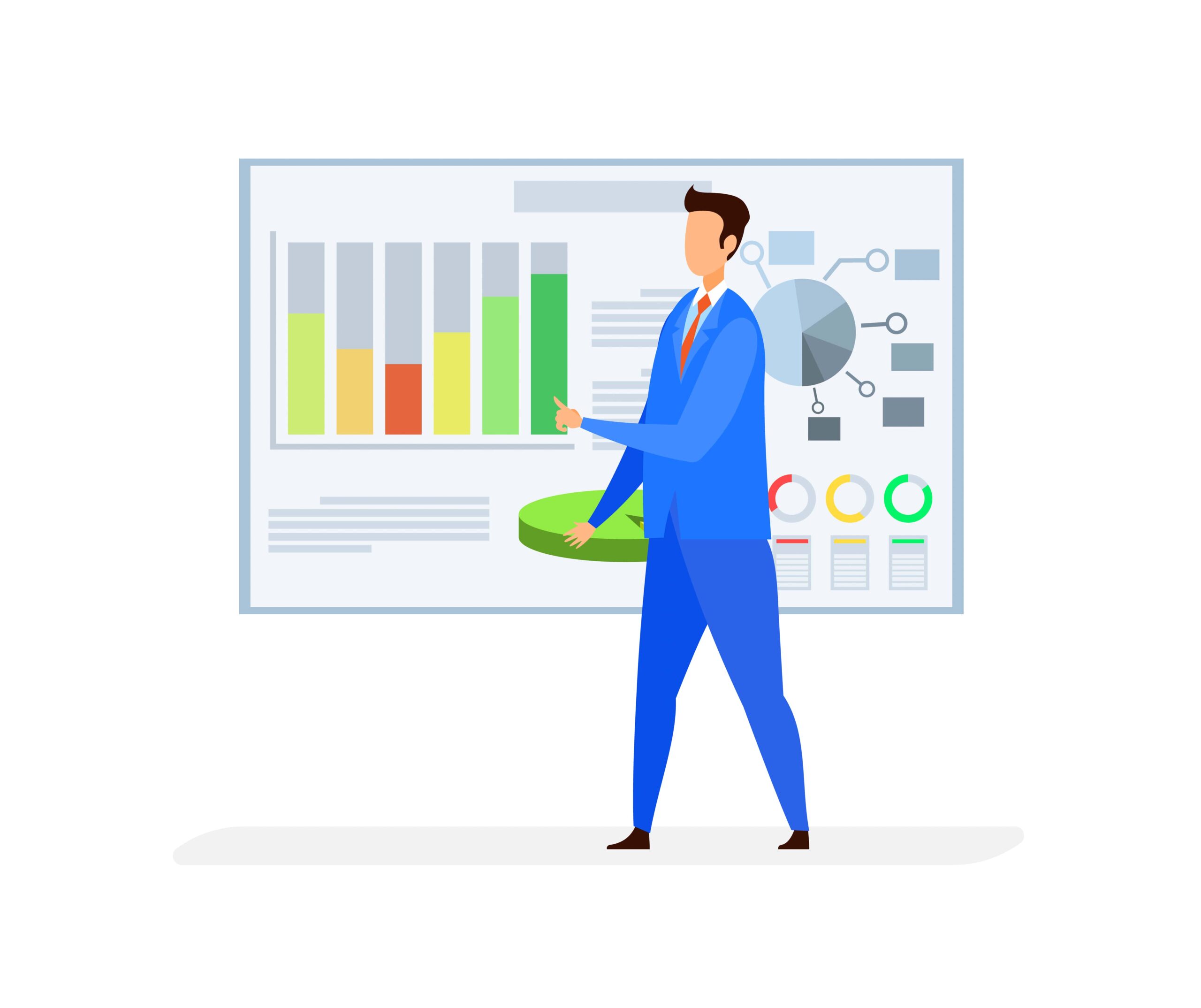“Order Bumps Vs. Upsells” It’s a hotly debated topic in online marketing. Some marketers think they are the same thing. (They are NOT!) Some decry them. Others love them.
In this post, you’ll learn:
- All the false beliefs and emotions about these techniques aside.
- What are order bumps and upsells, and how to use them?
- Where do order bumps and upsells belong in your sales funnel?
- The data says how they impact your customers and your sales.
By the end of this short guide, you’ll know more about order bumps and upsells than all those hot-headed sales funnel gurus who think they have the answers.
Table of Contents
What Is An Order Bump?
Think about an order bump like this, “you want fries with that?” That may be the most famous order bump in history.
Essentially, an order bump is a pre-checkout offer that increases the size of the order. It can be any pre-checkout offer… fries, an extra pair of laces to go with your new kicks, or a workbook to go with a new online course you bought.
Pre-checkout is the key distinction that separates an order bump from other types of purchase increases.
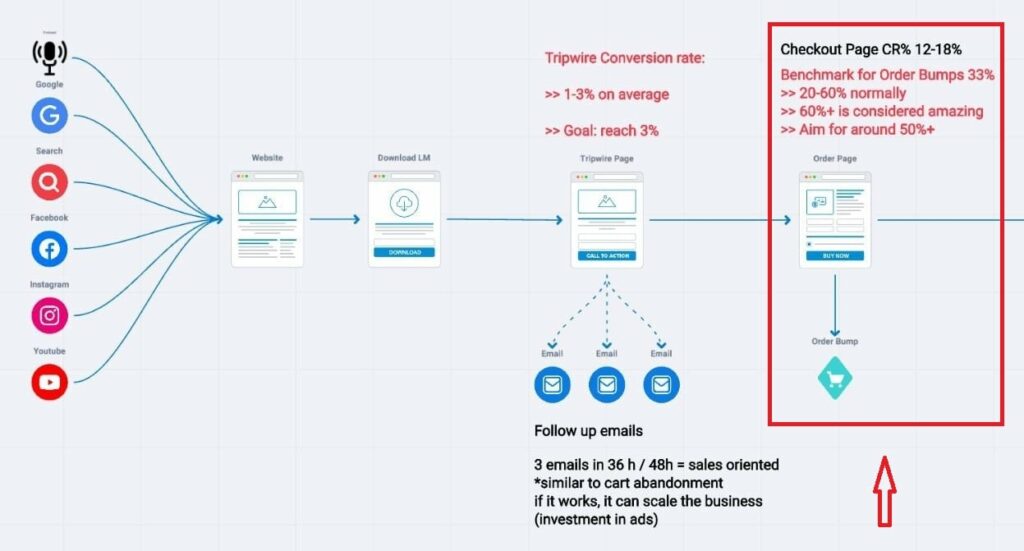

How Do You Use Order Bumps?
If you run an eCommerce site, you can’t sit around stalking your customers waiting for them to check out, so you can ask if they want to “chuck some fries in” with their order.
Fortunately, you don’t have to do that. Because just about every eCommerce platform has the technical capability for you to deliver order bumps.
Whether it’s a built-in feature like it is on ClickFunnel,

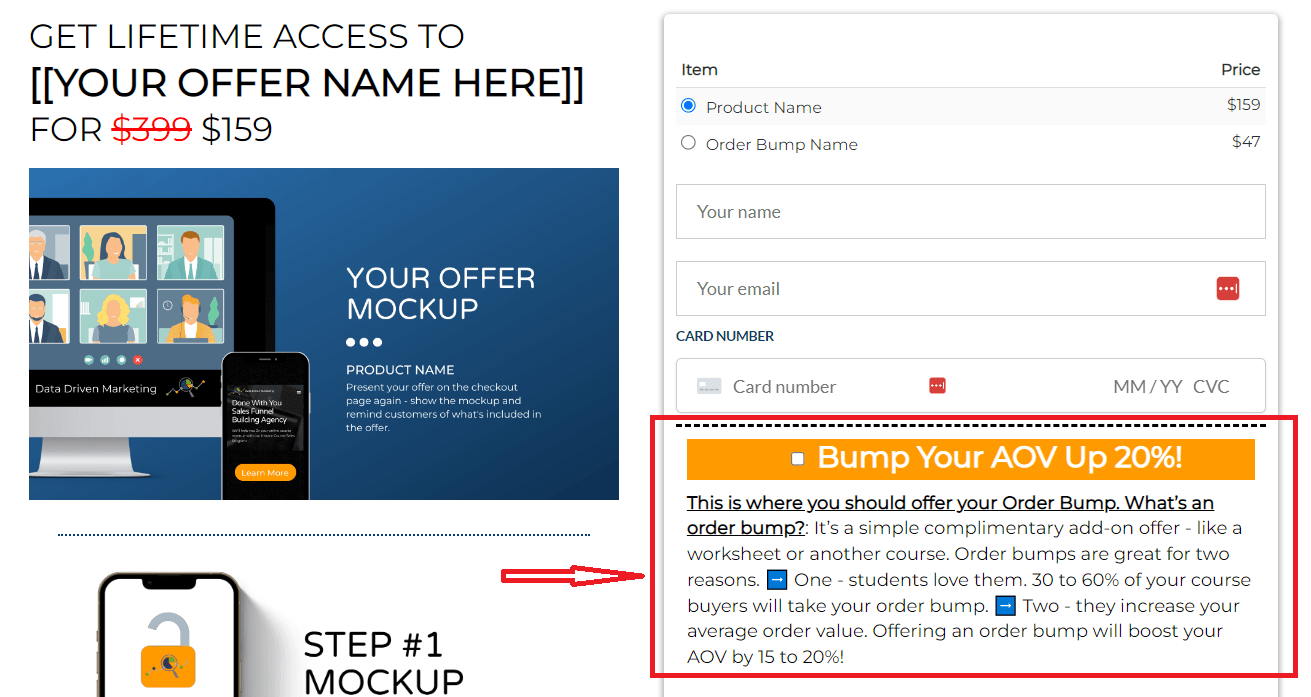
What Should You Offer As An Order Bump?
Going back to our “You want fries with that?” example, your order bump NEEDS to be as simple to act on as possible.
If your customer is already in the act of checking out, it’s a great time to ask them if they want more. But it’s a horrible time to ask them difficult questions that might slow down their order and make them abandon their cart.
If you can, you want to design your order bump so it’s a “yes” or “no” option. No choices between sizes, colors, or styles. Simply “Yes,” I want to add that to my primary order.OR, “No, thank you.”
Here are some great examples of order bumps in action.
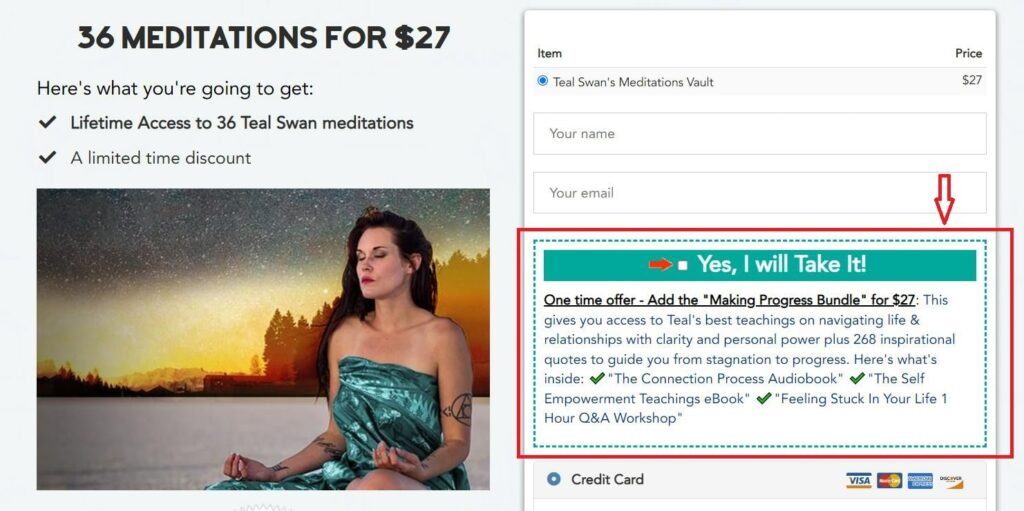
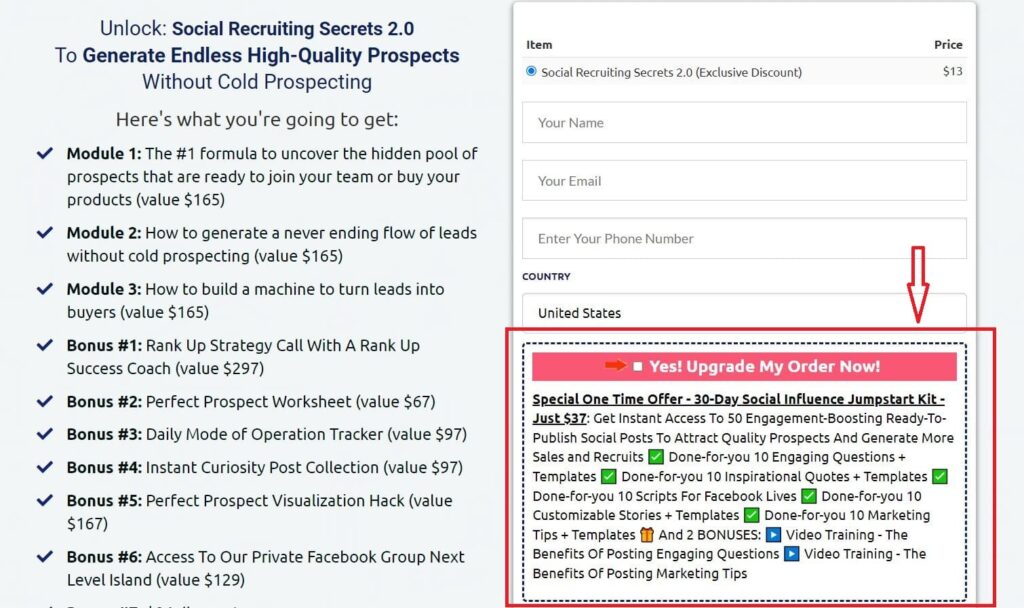
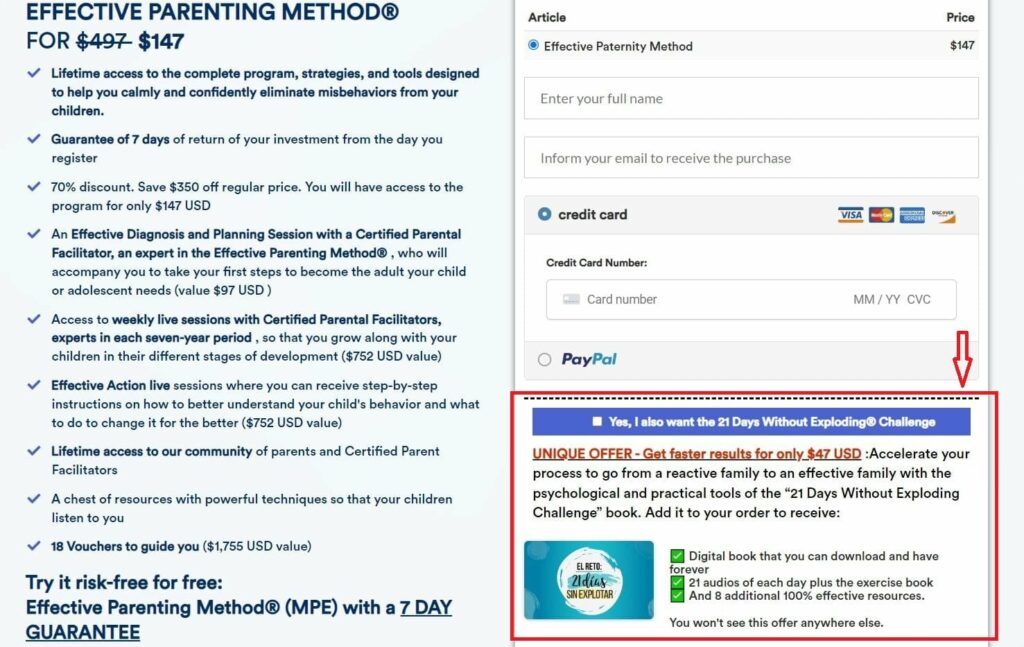
Do you see how all three are “yes,” or “no” options?
Make it complimentary
The other key to designing a great order bump is to make it complementary to your customer purchases.
Your order bump should offer something that makes your customer say, “Of course, I want that too!”
How Well Do Order Bumps Work?
It might surprise you to hear this, but order bumps work exceptionally well when you deploy them correctly.
For the online course creators we coach, anywhere from 20% to 60% of their customers act on them.

The average increase in cart value their order bump adds is close to 15%.

So these little add-on offers are not trivial. They can add a ton of revenue to your bottom line.
We already talked about how to structure your order bump offer. But there’s one more key detail that will make your order bump super effective.
How To Price Your Order Bump
Our experiments have shown us that the most effective order bumps are priced, so they cost 33% to 66% of the customer’s primary order.
For example, if the primary product your customer puts in their cart is $97.
Then you want to offer an order bump that’s priced somewhere between $27 and $67. (You don’t have to be right on the nose in that 33% to 66% range. You can round up a few dollars to create parallel pricing with your primary offer.)
The Argument Against Order Bumps
The biggest argument against order bumps is that they annoy customers. But that argument is mostly an emotional one. Because data shows that, by and large, customers like order bumps.
After all, on average, 30% of them take the bump!
However, if you’re still concerned your order bump might “annoy” your customer, stick to our advice on structuring your offer.
Our Recommendations for Order Bumps
Just like our advice on structuring your order bump offer, our recommendation here is simple too.
It’s a NO BRAINER! Order bumps are
- Insanely effective
- Super easy to set up.
- Not requiring any long copy or sales pitch
When we rebuild a sales funnel, order bumps are almost always the quickest of the quick wins. Use them and reap the rewards.
Let’s move on to upsells.
Optimizing and Testing Your Oder Bump
When optimizing your order bump, conversion rate isn’t necessarily the metric you want to focus on.
We typically advise our students to focus on total revenue and cart value instead. It’s not that conversion rate isn’t an important barometer of performance.
But if your goal is to increase revenue, often a high-priced order bump with a lower conversion rate will perform better.
What is an upsell
An upsell offer post-checkout.
Think of an upsell like this…
Let’s say you buy a season ticket package for your favorite Futbol club. Then, after you purchase your ticket package, you are offered an opportunity to upgrade, so you can also get a parking pass, a pre-game meal, and a jersey signed by the team.
Sure, you could offer these same upgrades as order bumps.
But what makes an upsell different is that the merchant first accepts your primary order, and then they offer a chance to increase your order size.
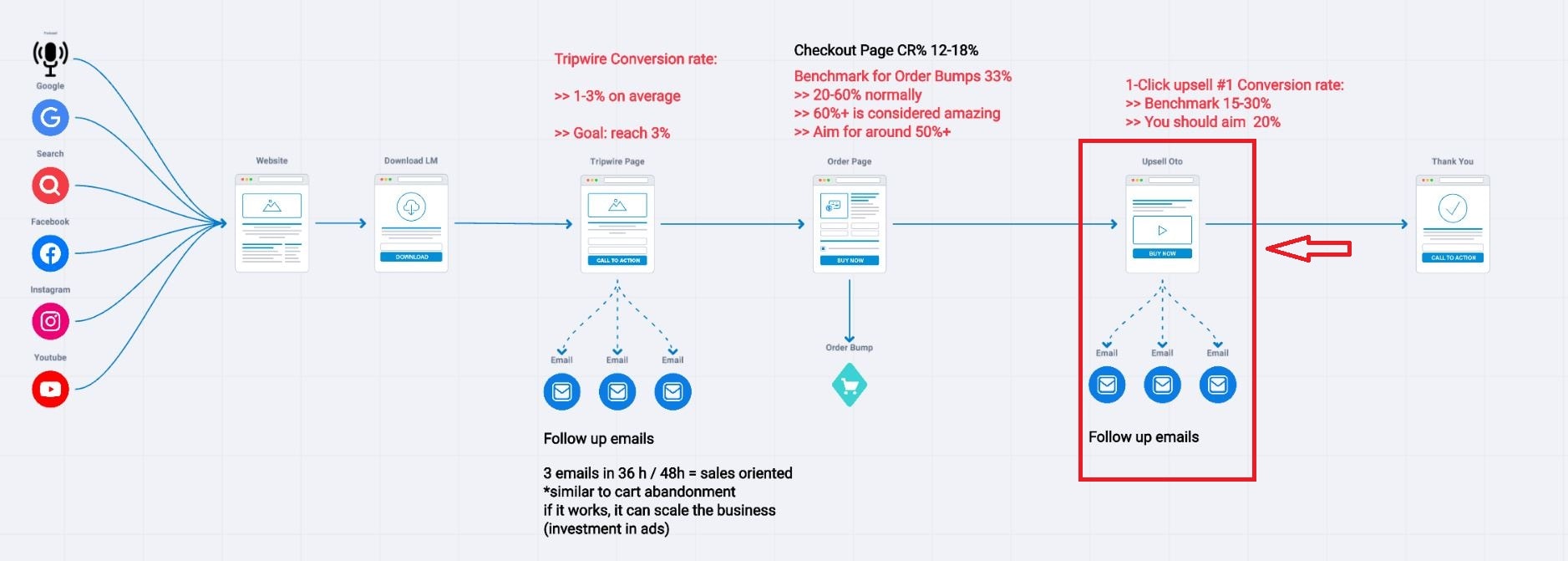
This is a fine distinction. Yet an important one if you want your upsells to work.
Statistically speaking, the way consumers respond to upsells is different from how they respond to order bumps.
How Do You Use Upsells?
Pretty much all the same technology that’s built to offer order bumps will work for upsells (Cartflows, Clickfunnels, etc.).

The benefit of adding upsells as opposed to an order bump comes down to two things.
First, as opposed to an order bump, your upsell won’t give your customer anything extra to consider when at the checkout page. Instead, you wait until their initial purchase goes through, and then since your cart already has the customer’s payment info, you offer them a chance for a one-click, post-purchase upgrade.
Second, with upsells, you can offer premium-priced items. So, they are a great way to maximize your customer’s order value.
However, because they are post-checkout and sometimes a higher priced offer, upsells often require a more detailed sales explanation.
It’s not uncommon for an upsell to feature an in-depth sales page.

What Should You Offer As An Upsell?
The best upsells feature something that goes with, but also above and beyond, your customer’s primary purchase. Say, for example, you sell an online course. Your upsell could be a complementary or more advanced course.
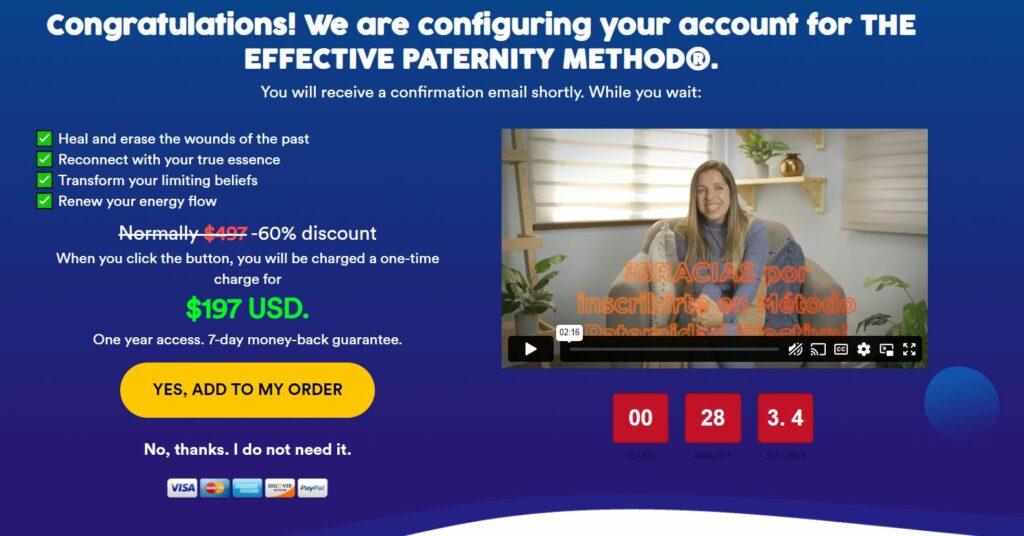
Or let’s say you sell an ebook, your upsell could be an online course on the same subject as your book. Digital products are great for upsells because there’s really no limit to what you can add on.
But what about consumer goods? You can create upsells for those too. For example, check out this upsell for stone bath mats.
The upsell is for two more of the same mat the customer already purchased at a discount price.
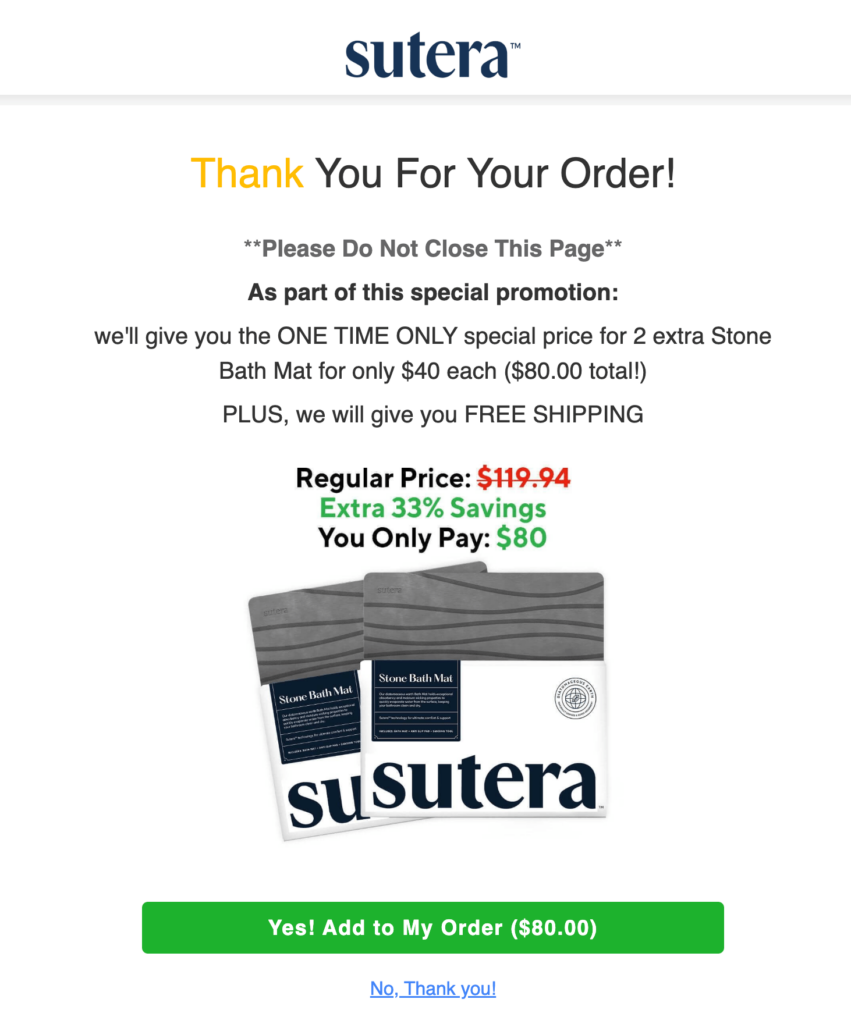
It may sound silly, but offering a bulk quantity of the same thing the customer just purchased is a very effective upsell.
How Well Does Upsells Work?
Upsells are not quite as effective as order bumps. We’ve found that approximately 10% to 20% of customers act on upsells.
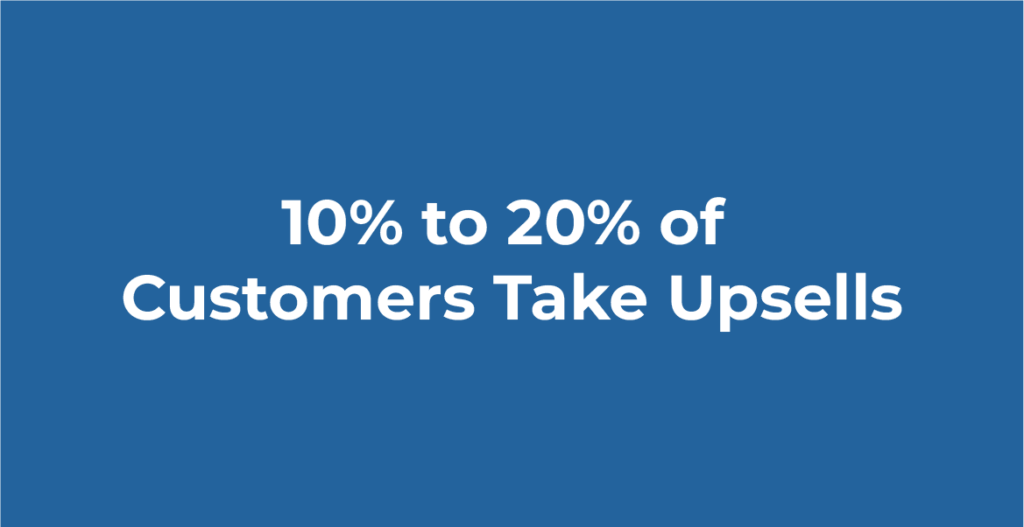
That data is strictly for digital products, not consumer goods.
Like with order bumps, the take rate for upsells of physical goods tends to be lower. However, even though upsells don’t convert as well as order bumps, they do a lot more for your average order value.
On average, the merchants we work with see a 20% increase in average order value as a result of upsells

How To Price Your Upsell
For upsells, there’s no specific price that works better than any other. We’ve tested upsells that cost three times the amount of the primary purchase that performs amazingly.
And we’ve also seen upsells that cost less than primary purchases work really well. The key factor is to make sure the offer is desirable. Your upsell should feel like an exclusive chance to get an upgrade or extra.
The argument against upsells
Upsells tend to be less effective than order bumps. This is mostly due to higher pricing and the fact that they are less an “impulse purchase” than an order bump
Also, it takes a little more work to set them up since they require a separate sales page.
Optimizing and Testing Your Upsells
As with order bumps, we typically advise our students not to zero in on the conversion rate of their upsells too much. That metric can be a red herring.
A lower-priced upsell will probably convert better than a premium offer. But, for course creators and digital products-based businesses, your premium offer can drive a lot more revenue.
Also, increasing the sales of your premium offer can be far more valuable to your business in the long run.
Our Recommendations for Upsells
Despite the fact that upsells require more effort to add to your sales funnel than order bumps do, we still recommend you use them. Because there’s really no drawback to adding an upsell.
If even 10% of your customers take your upsell, that’s a huge increase in your average order value. Plus, upsells are a great opportunity to get new customers into your premium offer immediately.
So why not try using them?
The Final Word On Order Bumps Vs. Upsells
The real debate shouldn’t be order bumps vs. upsells… in fact, there shouldn’t be any debate at all. They both work. They can both deliver offers your customers enjoy and will take you up on.
And they can be used to deliver different types of offers that enhance your customer’s shopping experience. So our final recommendation is that you use both order bumps and upsells in your sales funnel.
Use them to offer complimentary products that add to or upgrade your customer purchases. If you do, you’ll see your average order value go way up.
And you’ll add tons of revenue to your sales totals.
More Sales Funnel Optimization Resources
For more information on using order bumps, upsells, or building an optimized sales funnel, check out these resources:
The Course Creators Profit Increase Report: Get a personalized report that shows you how much revenue you can make by adding order bumps, upsells, and other key pieces to your funnel.
Get Your FREE Personalized Report
Upselling Examples: Learn From These Real Funnels
Sales Funnel Conversion Rates And How To Analyze Them
How To Measure Your Tripwire Conversion Rate
Improving Your AOV – With Martina Viljevac
One Thing Your Online Course Funnel Must Have – With Josip Belina and Monica Badiu
This is how to implement upsells if you have memberships – The Art Of Selling Online Courses Podcast



